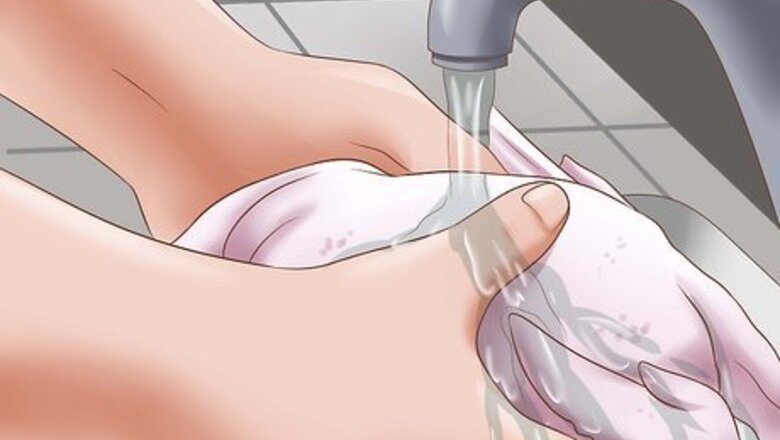
views
Removing the Feet and Head
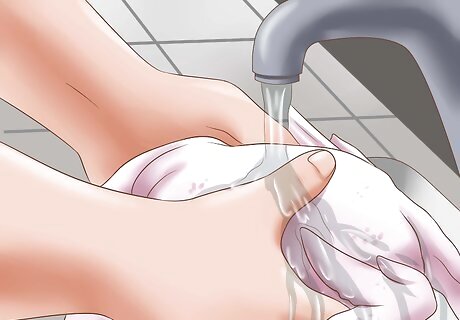
Rinse the chicken thoroughly. Place the chicken directly in the stream of cold water from a faucet. As you wash the chicken, pull out any pin feathers that may still be embedded in the skin. Use an outdoor sink if you have one available, since washing a chicken can be a messy job. Shake off the excess water when you're finished.
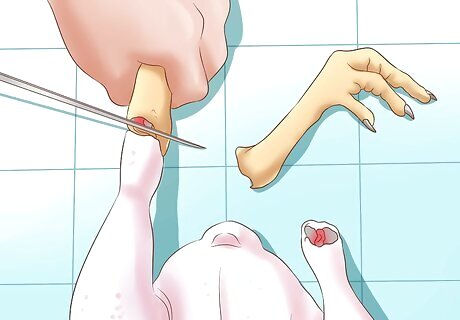
Cut off the feet. Lay the chicken on its back on a large cutting board. Use a butcher knife to apply pressure on one of the leg joints where the top of the foot meets the bottom of the drumstick. Press down to cut off the foot. Repeat to cut off the other foot. Make sure to place the knife directly in the joint, between the two tendons, for a clean slice. You shouldn't have to slice through bone. Discard the feet, unless you plan to use them in a recipe.
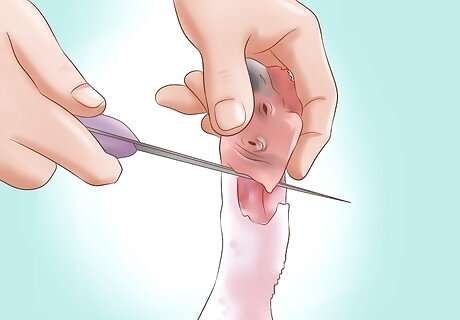
Cut off the head. Stretch the neck across the cutting board, and use a knife to slice into the top of the neck just below the head. Pull the head upwards and slice through the esophagus and trachea. Discard the head.
Removing the Crop, Neck and Oil Gland
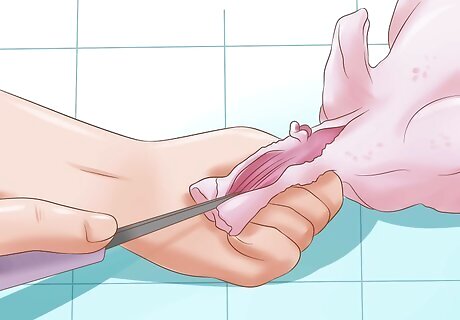
Uncover the crop. Lay the chicken on its back and stretch out the neck. Use the knife to make a horizontal slice into the neck skin about halfway down. Make two vertical slices from the first slice to the top of the neck. Insert your fingers at the horizontal cut, grip the skin, and pull it off the neck. Use the knife to help loosen the skin as you pull it back.
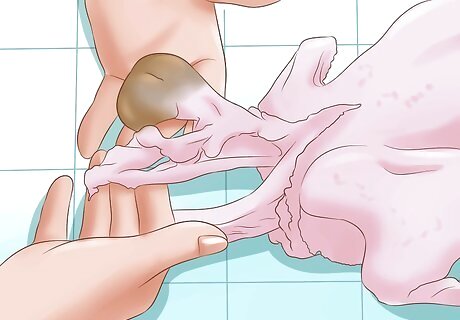
Find the crop. First identify the esophagus, a soft tube that runs the length of the neck. Pull it up from the neck and find the crop, a fleshy sac the chicken uses to store food, nestled at the base of the neck near the breasts. Loosen the crop and pull it free from the chicken. The crop is attached tightly to the body of the chicken, so you'll have to work it free. Take care not to break the crop open, since it it is likely to contain food the bird was in the process of digesting. If you do break it open, just remove as much of the tissue and its contents as possible. If the crop is empty of food, it may be more difficult to locate. It will be lying flat against the breast.
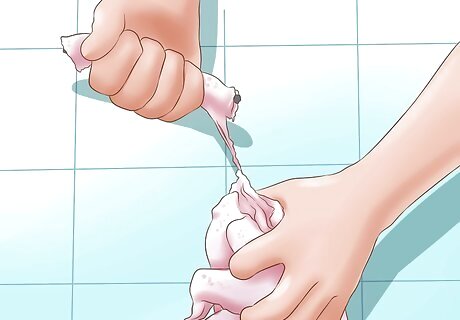
Remove the neck. Push down the neck skin and place the neck against the cutting board. Use the knife to slice around the meat at the base of the neck on all sides, cutting around the bone. Using one hand to steady the body, grasp the neck with the other hand and twist it off. You may find it easier to pick up the chicken and twist off the neck with one hand. Either discard the neck or save it to make chicken stock.
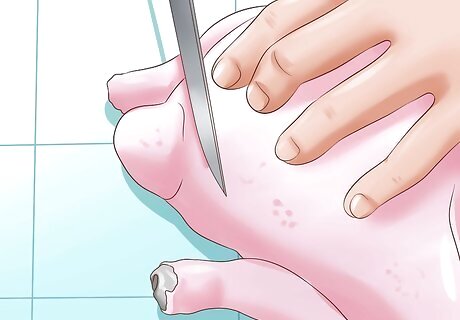
Cut off the oil gland. The glad is a flap at the tail of the bird. Use a knife to cut about half an inch up the tail, and slice off the gland. Discard it.
Removing the Guts
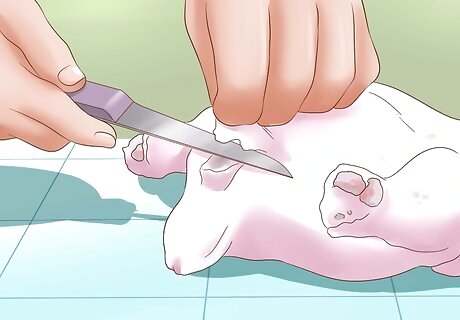
Open the cavity. With the chicken on its back, use the knife to make a slice right above the cloaca at the tail end of the bird. Insert your fingers into the hole and pull it larger. Avoid slicing into internal organs when you make the cut. Since enlarging the hole will put pressure on the intestines, feces might leak out. If this happens, wash the chicken right away.
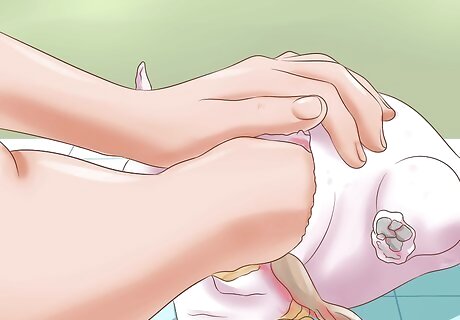
Remove the guts. With the chicken on its back, place one hand on the breast area of the chicken to steady it. Reach your other hand into the cavity you created, over the top of the internal organs. Close your hand around the guts and pull them outward. Repeat until all the guts have been removed. This process should be done slowly and carefully. Take extra care not to break the gall bladder, which is a small greenish organ. When all the guts have been removed, find the gall bladder and make sure it isn't broken. If it is, the chicken meat has been contaminated by bile. The intestine will still be attached to the chicken with the intestinal vent. Use the knife to cut this away, making sure not to cut open the intestine itself. Discard the guts, or keep the gizzards and livers to use in a recipe.
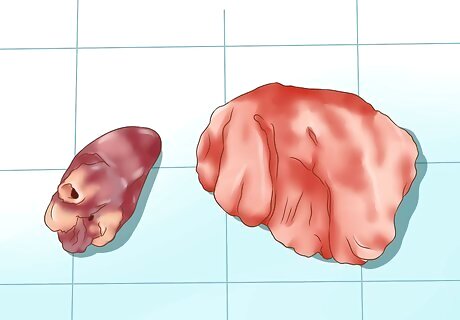
Remove the heart and lungs. The heart is located at the center of the chicken's chest, and the lungs are attached to its backbone. Use your fingers to gently detach the organs and pull them out.
Preparing the Chicken for Cooking
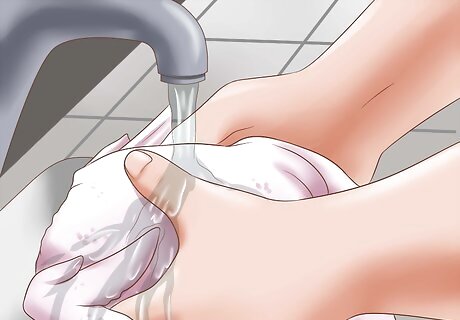
Wash the chicken. Thoroughly wash the chicken both inside and outside the cavity. Make sure no tissue or blood remains in the chicken. Pat it dry with paper towels when you are finished.
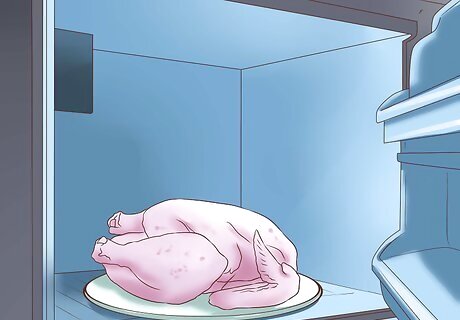
Store the chicken in a cooler or refrigerator. If you aren't planning to cook the chicken right away, make sure it is stored properly. Do not leave a chicken at room temperature for more than a few minutes after it has been butchered.
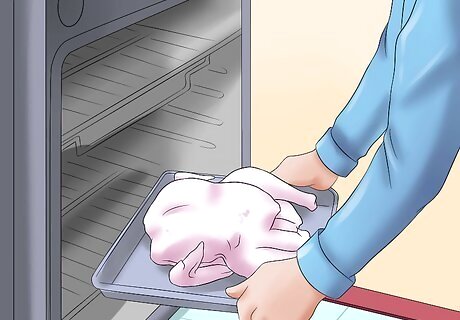
Cook the chicken whole or cut it into parts. Consider making whole roasted chicken, or cutting the meat into wings, thighs and breasts for individual meals.














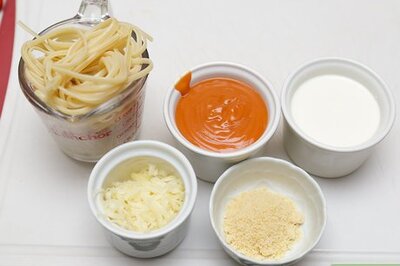


Comments
0 comment